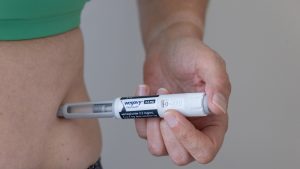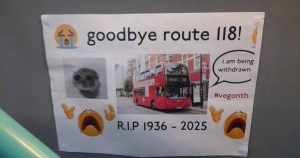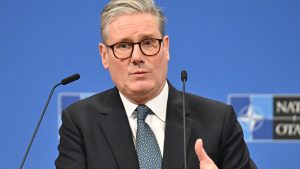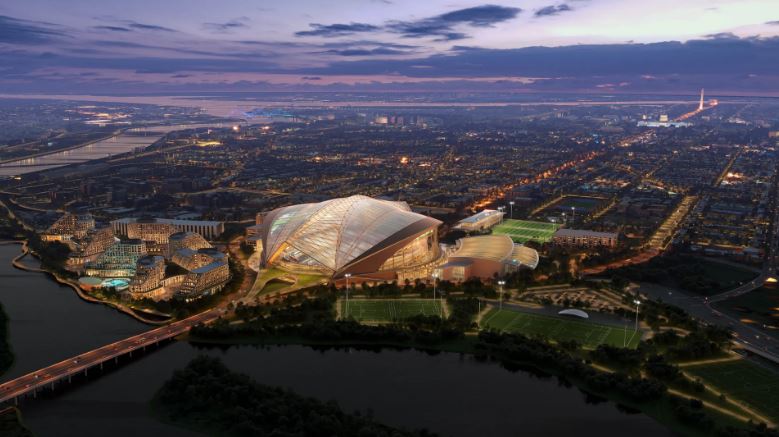The iconic RFK Stadium in Washington D.C., once a vibrant hub for global sporting events like the World Cup and the Olympics, is set for a dramatic transformation. Ambitious plans unveiled by KaTO Architecture envision a complete demolition of the existing structure and its replacement with a state-of-the-art, 70,000-seat football stadium constructed primarily of mass timber. This innovative design would mark a pioneering achievement, establishing the stadium as the first of its kind built with this sustainable material. The proposed stadium features a transparent dome, offering unobstructed views of the city skyline, and two massive windows strategically positioned to provide panoramic vistas, including direct sightlines to the U.S. Capitol and Washington Monument. The design prioritizes integration with the surrounding environment, incorporating terraced seating bowls that minimize visual impact and maximize natural light penetration.
Beyond the stadium itself, the comprehensive redevelopment plan encompasses 177 acres and includes a cluster of new waterfront residences, a pedestrian pathway along the Anacostia River, and approximately 2,000 housing units, along with retail and public spaces. This mixed-use approach aims to revitalize the area, creating a vibrant community hub that extends beyond the stadium’s confines. Mayor Muriel Bowser’s office has expressed enthusiasm for the project, emphasizing the potential for housing, economic opportunities, green spaces, recreation, and sports facilities within the expansive site. This ambitious vision aligns with the city’s goals for sustainable urban development and community enrichment.
The proposed stadium represents more than just a new home for a sports team; it aspires to become a national landmark, a symbol of civic pride akin to Wembley Stadium in England or Estadio Azteca in Mexico. Architect Kyle Murphy envisions the venue as a focal point for national events, transcending its role as a local sports arena. This ambition underscores the project’s potential to elevate Washington D.C.’s standing on the national and international stage, attracting major events and boosting tourism. The integration of the surrounding residential and commercial development further emphasizes the project’s potential to generate economic growth and create a vibrant community hub.
However, realizing this ambitious vision faces significant hurdles. The demolition of the existing RFK Stadium, abandoned for years, requires approval from the city council and the allocation of substantial public funding. Negotiations are ongoing between the Washington Commanders and District officials to determine the future use of the space, including the possibility of the redeveloped site becoming the Commanders’ new home. An agreement is expected by April, but the Commanders’ position remains uncertain. These negotiations are crucial for securing the necessary financial backing and ensuring the long-term viability of the project.
The RFK Stadium, built in 1961 as the District of Columbia Stadium and later renamed in honor of Robert F. Kennedy, holds a rich history. Its circular “cookie-cutter” design, innovative for its time, allowed it to host both baseball and football games. Over the decades, it became a prominent venue for boxing, domestic and international soccer matches, and even WWE pay-per-views. The stadium witnessed memorable moments in sports history, including the debuts of soccer legends Ronaldinho and David Beckham. However, the ravages of time and neglect have taken their toll, leading to the stadium’s closure in 2019 and its subsequent abandonment.
The proposed redevelopment represents a bold step towards revitalizing this historic site and creating a vibrant community space. The innovative design, incorporating sustainable materials and prioritizing community integration, sets a new standard for stadium development. While significant challenges remain, the project’s potential to transform the area and contribute to the city’s economic and cultural growth is undeniable. The success of this endeavor hinges on navigating the political landscape, securing funding, and reaching a mutually beneficial agreement with potential tenants. If realized, the new RFK Stadium complex could become a model for sustainable urban development and a source of national pride.











